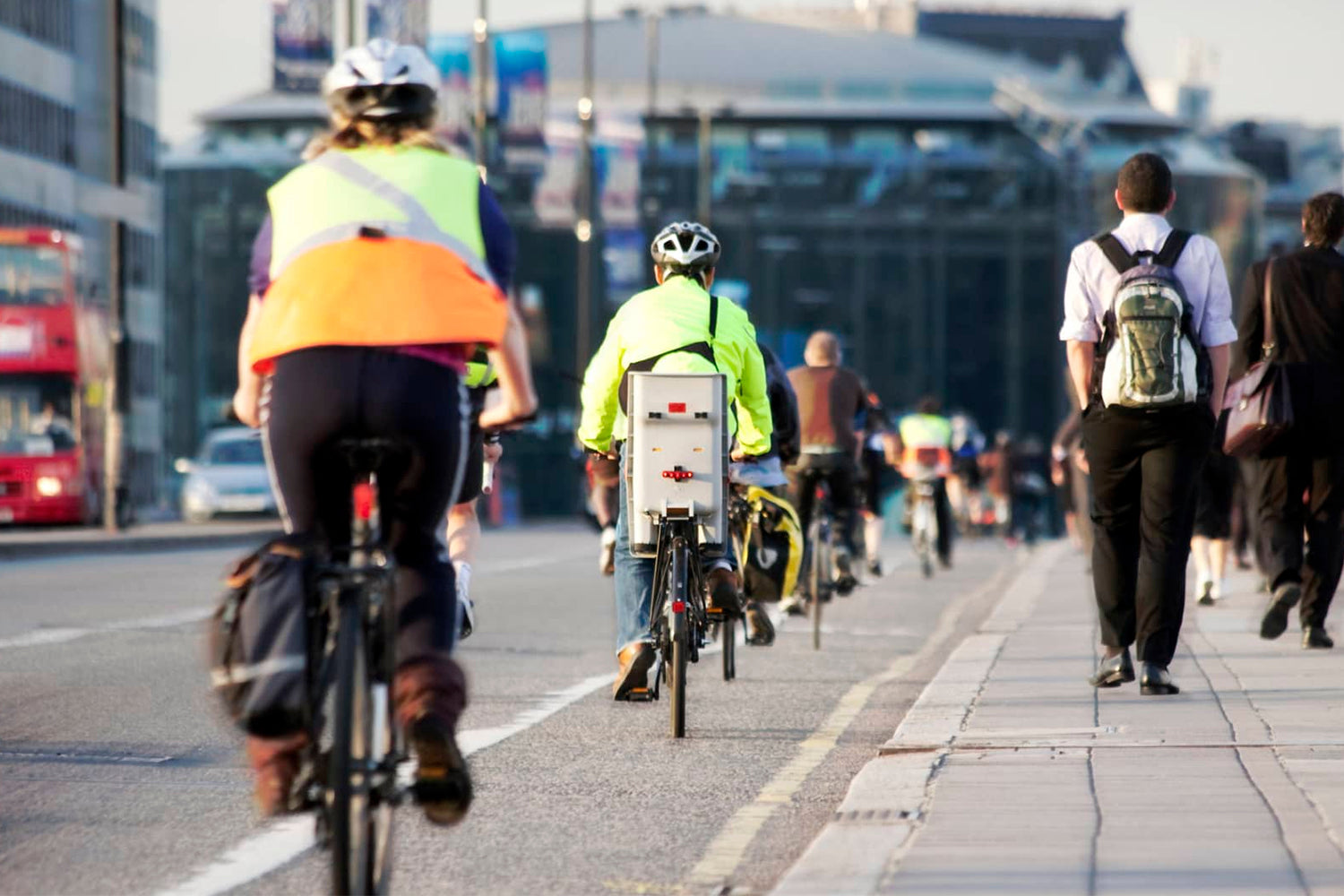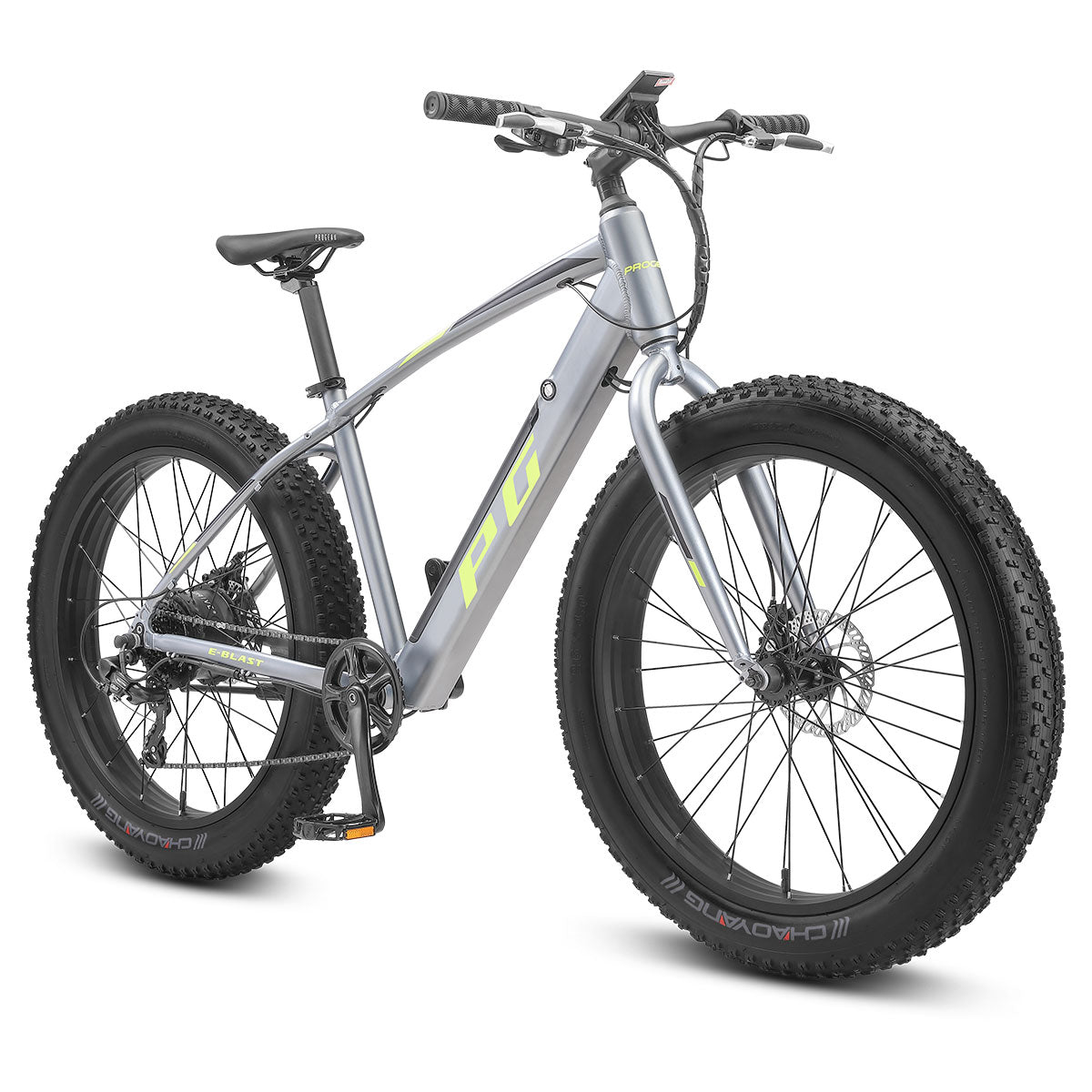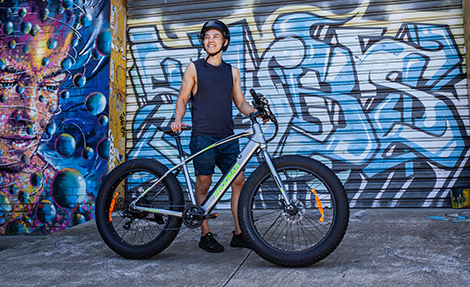
With the new speed capabilities permitted by electrical assistance, it’s common to wonder just how fast your e-bike can actually go. Here, we’ll give you the rundown on the kind of speeds you can expect on an e-bike, as well as road regulations in Australia so that you can be confident on your next ride.
Understanding Electric Bike Speed Limits
The first thing to say about bike speed is that there’s no hypothetical limit to how fast a cyclist can pedal. In Australia, the speed of an electric bike is typically governed by the level of motor assistance provided, rather than the maximum mechanical speed a rider can achieve. Most electric bikes are designed to assist the rider’s pedalling, rather than replace it entirely.
The standard speed limit for e-bikes is 25 km/h for most models, meaning the motor will assist up to this speed. If the rider exceeds this speed, the motor’s assistance is disengaged, and the bike relies solely on the rider's pedalling power.
Australian Regulations on E-Bike Speeds
The maximum allowable speed for an e-bike is 25 km/h on flat terrain. If you’re considering purchasing an e-bike, it’s essential to ensure that the model complies with local regulations.
There are also distinctions between different types of e-bikes based on their motor capabilities and speed, with specific rules about where and how each type can be used. For example, certain high-speed e-bikes may be classified differently and subject to additional restrictions.
Factors Influencing E-Bike Speed
Motor Power and Speed Capabilities

Most e-bikes in Australia feature motors with a power rating between 250W and 750W. As you’d probably guess, the higher the wattage, the more powerful the motor, and the faster the bike can assist the rider.
- 250W motors: These are typically found on most standard e-bikes and offer moderate assistance, ideal for casual commuting and light recreation. They can help a rider reach the 25 km/h limit easily on flat terrain.
- 750W motors and above: These motors can provide a more significant boost, allowing for faster speeds, especially on steeper inclines. However, such e-bikes may fall into different regulatory classes and could be restricted in certain areas.
Impact of Terrain and Rider Input
As with regular cycling, the terrain you’re riding on affects your speed. Flat, smooth roads allow the motor to work more efficiently and help the rider maintain the 25 km/h speed limit. However, when riding on hilly or uneven terrain, the motor will need to work harder, and the rider’s effort will impact the overall speed.
Rider input is another factor. On an e-bike, the motor assists with pedalling. The more effort the rider puts into pedalling, the faster they can go (within the motor-assistance limit).
Comparing E-Bike Classes and Their Top Speeds
E-bikes are typically divided into classes based on their motor capabilities and how they assist the rider.
Class 1 E-Bikes: Pedal-Assist Only
Class 1 e-bikes are pedal-assist models where the motor only engages when the rider pedals and ceases to assist once the limit is reached. These are the most common type of e-bike used for everyday commuting and recreational travel. Since they comply with Australian regulations, they can be used on most bike paths and roads.
Class 2 E-Bikes: Throttle-Assisted Models
Class 2 e-bikes include throttle-assisted models. These e-bikes differ from pedal-assist models in that the motor can be activated and controlled independent of pedalling. Similar to a motorbike, the speed can be controlled by twisting a throttle on the handlebars. Throttle-assist e-bikes may be subject to stricter regulations in some areas, so riders should check local laws before taking one out on the road.
Class 3 E-Bikes: Speed Pedelecs
Class 3 e-bikes, or speed pedelecs, are designed to go faster, with motors that assist the rider up to 45 km/h. These bikes are often used for longer commutes or performance-focused riding. However, in Australia, speed pedelecs may come with other legal requirements to be used on public roads. Be sure to check local regulations before purchasing a Class 3 e-bike.
Safety Considerations at Higher Speeds
Recommended Safety Gear for E-Bike Riders

To maximise safety, e-bike riders should wear:
- A certified helmet that fits properly.
- Protective gloves to ensure better grip and hand protection.
- Reflective clothing or gear to increase visibility, especially when riding at night or in low-light conditions
- Appropriate footwear
Navigating Traffic Laws and Shared Pathways
In urban environments or on shared cycling paths, e-bike riders should always be aware of their surroundings and obey traffic laws. In Australia, riders must adhere to speed limits and avoid riding at excessive speeds in pedestrian-heavy areas.
Maximising Your E-Bike's Performance Within Legal Limits
Regular Maintenance for Optimal Speed

Having a solid maintenance schedule for your e-bike will make sure that it remains efficient and can reach its maximum legal speed. Some key maintenance practices include:
- Checking the tyre pressure.
- Ensuring brakes are functioning properly for safe stopping.
- Lubricating the chain for smooth pedalling.
- Giving it a gentle wash or hose down to remove any excess dirt
- Replacing old or broken parts when needed
Battery Care and Management
The performance of your e-bike's battery directly influences its power output and speed capabilities. We recommend topping it up whenever you can and avoiding simply letting it drain completely before recharging. You can also extend battery life by storing it in a cool, dry place when not in use.
For further tips on e-bike maintenance and accessories, check out our collection of e-bike accessories.
Discover Your Perfect E-Bike Today

Now that you’re all up to speed, it’s time to take an e-bike out for a spin. Explore our range of high-quality electric bikes to start enjoying the benefits of a smoother, more convenient commute. We have options for just about every rider, as well as different sizes, colours and styles so that you can find the right model for you.
All our e-bikes comply with Australian regulations, ensuring a safe, legal and enjoyable ride.
Take the first step toward a more sustainable, efficient commute and discover your ideal e-bike today.





















